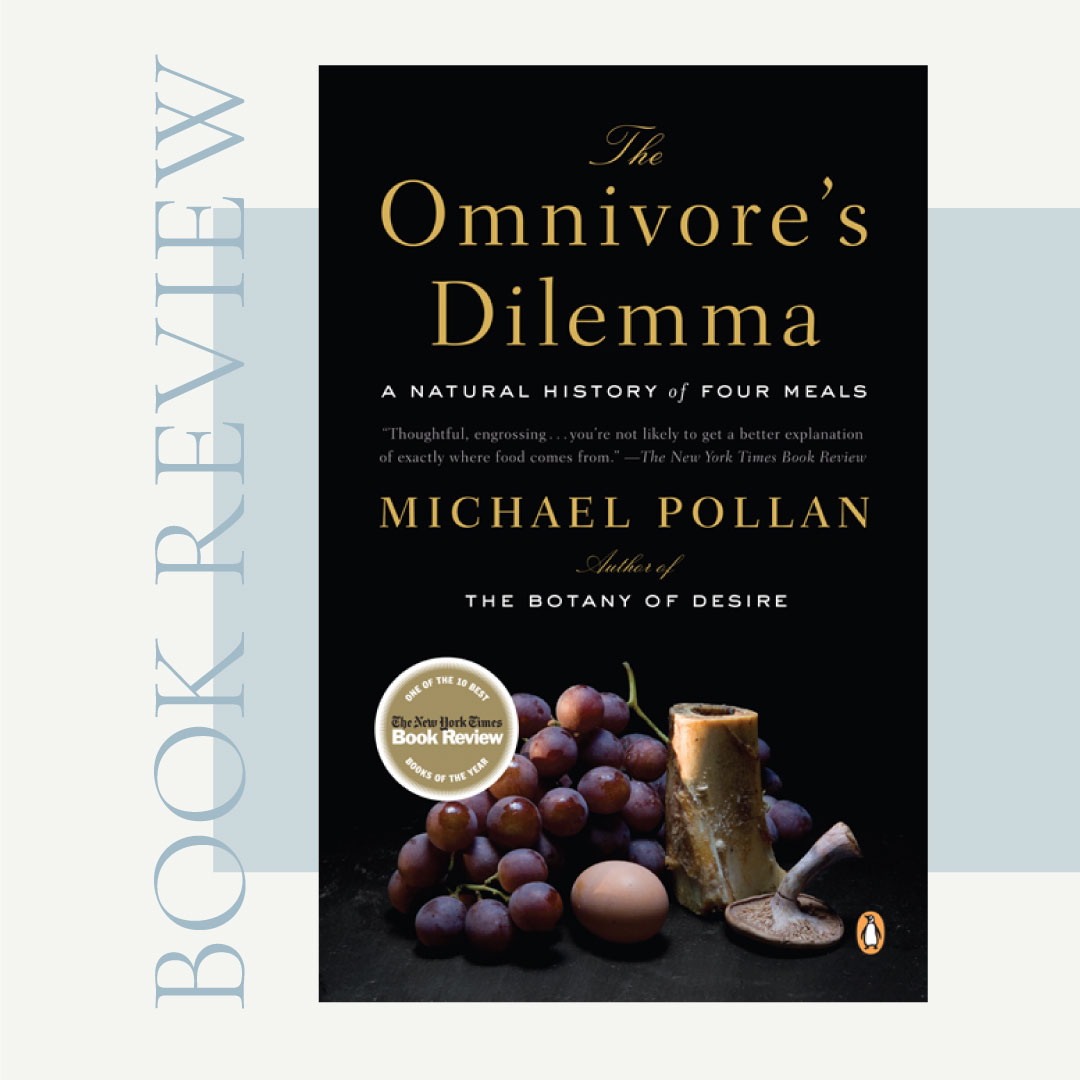The modern omnivore stands at the intersection of an intricate and often perplexing food landscape. As we navigate our meals today, we are not merely choosing dish compositions; we are engaging in a multifaceted dialogue about ethics, ecology, and personal health. In “The Omnivore’s Dilemma,” Michael Pollan embarks on a journey to unravel the threads of our food systems, compelling readers to reconsider their relational dynamics with the edible world around them. Each chapter unfolds a new segment of the intricate tapestry that is food production, and with each revelation, readers are prompted to shift their perceptions of what is on their plates.
From the outset, Pollan masterfully presents the dilemma faced by omnivores: the vast selection of food available—where choices abound yet understanding diminishes. While we relish the freedom to choose from a plethora of options, this very freedom can lead to an unwieldy burden of responsibility. What should we eat? Where does it come from? How is it produced? These questions linger and echo throughout Pollan’s narrative, positioning readers at an exhilarating crossroads of inquiry and evaluation.
Pollan divides his exploration into distinct sections, each focusing on a different food source: industrial, organic, and foraged. This tripartite structure deftly illustrates the spectrum of food production methods, enabling readers to discern the nuances of each approach. The industrial food chain, for example, encapsulates the complex machinery of modern agriculture, where vast monocultures reign, and corn has become a linchpin of our contemporary diet. Through meticulous research and evocative storytelling, Pollan elucidates how such systems emphasize efficiency and productivity, albeit at the expense of health and ecology.
This critique prompts readers to reflect on not only the convenience of processed foods but also on their implications for personal well-being and environmental sustainability. In an era saturated with fast food, this examination of industrial agriculture challenges assumptions about the ease of convenience juxtaposed against the moral and ecological ramifications of such choices. Pollan’s vivid imagery—the sprawling landscapes of cornfields and the pervasive influence of agribusiness—creates a stark backdrop against which readers can assess the cost of their dietary habits.
Transitioning to organic farming, Pollan unveils a more hopeful yet complicated facet of the food industry. Here, readers discover the intricacies of sustainable practices and the challenges faced by small-scale farmers striving to cultivate food with integrity. The narrative resounds with a sense of optimism as Pollan shares insights into regenerative farming methods, emphasizing biodiversity, soil health, and ethical stewardship. However, even within this more appealing framework, there exist questions regarding authenticity and accessibility. Are all organic choices worthy of our patronage? Do they genuinely align with the values they purport to uphold? The text serves as an invitation for critical examination, igniting curiosity about the true origins of organic labels.
Furthermore, Pollan’s foraging section is an enthralling expedition into the realms of natural foods—where the wild becomes the source. This exploration reveals not only the bountiful gifts of nature but also the profound connection between humans and the environment. Pollan’s encounters with diverse ecosystems inspire a deep reverence for the complexities of nature. The act of foraging elevates eating to an art form, intertwining instinct, knowledge, and respect for the earth’s offerings. Such a journey fosters an appreciation for the inherent cycles of life, encouraging readers to consider the importance of locality and seasonal eating.
Throughout “The Omnivore’s Dilemma,” Pollan captivates with engaging prose that intertwines science, philosophy, and personal narrative. His willingness to experiment—whether through cultivating his food or embarking on a hunt—underscores a profound thesis: to understand food is to appreciate it. The narrative unfurls with a blend of rigor and warmth, beckoning readers to recalibrate their perceptions of food as not merely sustenance but as a critical thread within the fabric of societal and individual identity.
The book echoes with a refrain of empowerment—inviting readers not to surrender to complacency or ignorance but to become active participants in their food choices. It encourages a reconceptualization of our relationships with what nourishes us; from the grocery store aisles to the rustic farms, each choice we make resonates far beyond simple satiation. Pollan instills a sense of agency, fostering curiosity and an insatiable desire to dig deeper into the complexities of food production.
In conclusion, “The Omnivore’s Dilemma” is more than a mere exploration of food systems; it is a call to action for conscientious eating. It implores readers to dissect the multi-layered intricacies of their eating habits, fostering a yearning for knowledge that lies far beneath the surface. As we pivot into an era ripe with burgeoning food movements and heightened awareness, Pollan’s work is an invaluable compass guiding us through the complexities of choice, ethics, and sustainability. Thus, the omnivore’s dilemma transforms from a source of confusion into an exhilarating journey of discovery, rewarding the curious palate with insights that extend well beyond the dining table.
